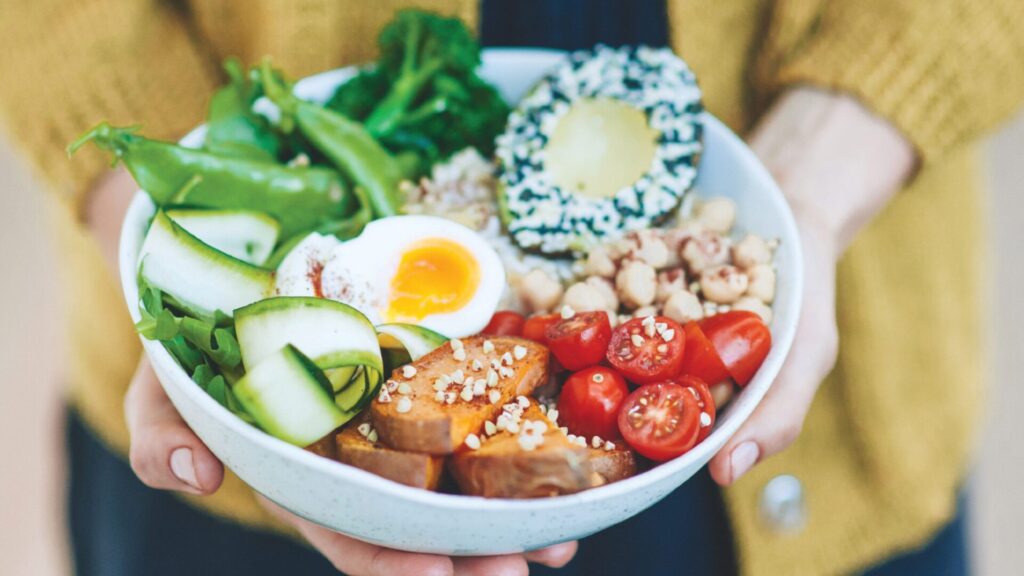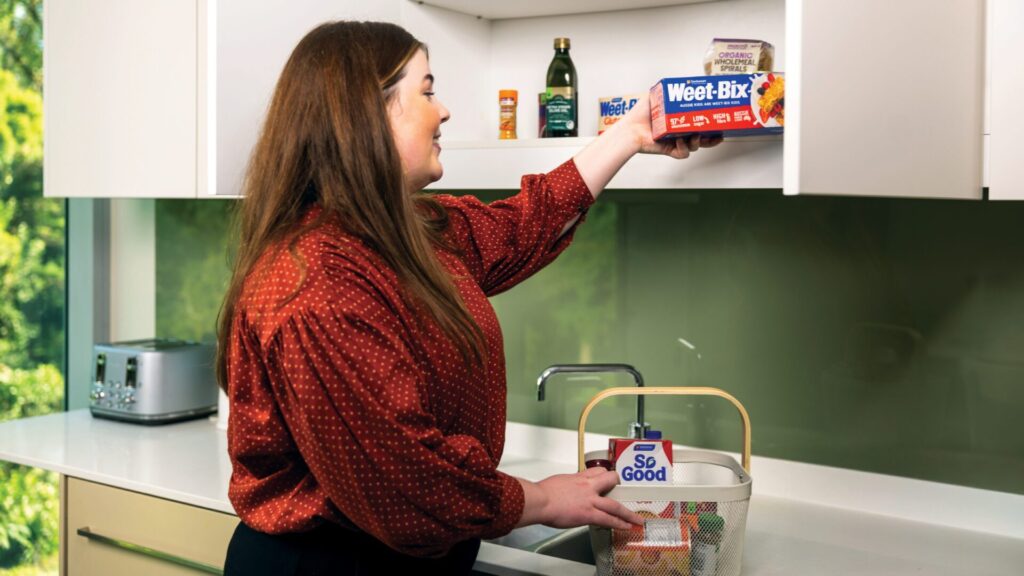One of the most common challenges families face is trying to get children to enjoy a variety of healthy food. According to a 2018 YouGovGalaxy study, parents list “eating more vegetables” as the healthy food behaviour they would most like to see their children adopt. And for good reason—for example, in Australia, 95 per cent of children don’t eat the recommended five serves of vegies a day.
What are the barriers to healthy eating?
Most of us have had the “eat more vegetables” message drummed into us since primary school, so why aren’t we eating better?
One of the most significant barriers identified by dietitians is a relatively obvious one—dietary preference. In the hyper-speed of modern life, convenience is also a barrier. Busy families need food to be fast—fast to prepare, fast to eat, as little mess as possible please. So how can healthier food options possibly compete with discretionary foods (aka junk food) that tick the box on taste (hello salt, added sugar and saturated fat), speed and ease? What skills do families need to overcome these barriers to healthy eating that threaten our potential to live long and healthy lives?
Making whole foods easier and more enjoyable
That’s the motivation behind 12 before 12, a new Sanitarium initiative that aims to bring families together at mealtimes and teach kids how to make healthy eating easier and more enjoyable.
Sanitarium has partnered with dietitian Themis Chryssidis and Masterchef™ fan favourite Callum Hann from South Australia’s acclaimed Sprout Cooking School to identify 12 food skills to help children shop, prep, cook and eat their way to a healthier life. It aims to empower primary-school-aged children around food selection and meal preparation, challenging them to learn the 12 skills before they turn 12 years old.
To learn more about the 12 skills and to download a free digital copy of the 12 before 12 cookbook, visit 12before12.sanitarium.com.au.
Tips for healthier kids’ diets
Teach essential food skills. Food preparation and cooking skills are key ingredients in nutrition education. Teaching children essential food skills needs to sit alongside physical activity as a priority for every parent—and it can be lots of fun too!
Prioritise family meals. Family mealtimes are an important opportunity for parents to model healthier eating behaviours and provide children with a much-needed opportunity to reconnect after a busy day at school and play.
The big picture. Rather than looking at food through the lens of nutrients or kilojoules—the micro detail of what we’re eating—keep sight of the big-picture behaviours that make healthy eating intuitive.







